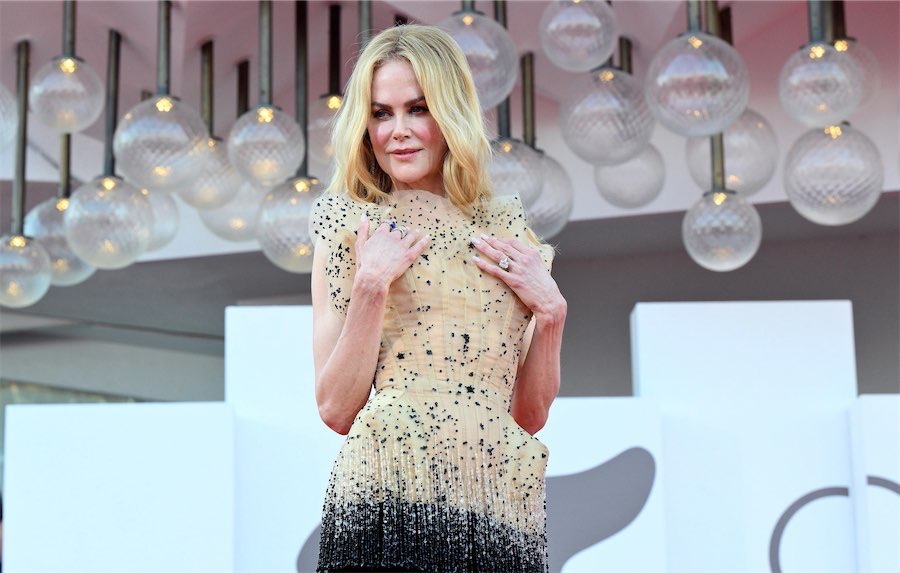IMAGINE if, in a post-apocalyptic world devoid of all electricity and power, your only remembered cultural narrative was no Homer, but “The Simpsons”.
That’s the basic premise in Anne Washburn’s play with music by Michael Friedman, “Mr Burns, A Post-Electric Play,” about to be staged by the National University Theatre Society (yes, NUTS) as an exercise in theatrical storytelling.
It’s an extraordinarily apt choice, one which throws out a challenge to audiences to engage intellectually more than they normally do and, as they’re saying , especially fitting in the post-covid era, when local theatre has struggled to stay afloat. For theatre connoisseurs this rare performance is likely to be a must.
When I turn up on Saturday at the DA Brown Building on the ANU campus, it’s a scene of organised chaos, with half-eaten meals on desks, costumes being cut out on the floor, students writing their essays on laptops at the back of the room and directors Isaiah Prichard and Lachlan Houen, flanked by musical director Paris Scharkie, steering the cast through the rehearsal and the songs.
“Mr Burns” looks perfect for a campus production, for while there’s leisure to enjoy the gamut of theatrical experiences, there’s also scope to use the brain while figuring out what’s going on.
Act one is largely verbatim theatre, act two a futuristic look at the functions of theatre, and act three a futuristic journey into the heart of darkness up a crocodile and piranha-infested river.
Mr Charles Montgomery Plantagenet Schicklgruber Burns is the ever-present antagonist, the conniving, capitalistic owner of the Springfield Nuclear Power Plant where Homer Simpson works.
At one level, a deconstruction of “The Simpsons”, its circuitous plot eventually sees Mr Burns (played by Thomas Neil) wind up with a sword in his heart, thank goodness, but as the play suggests, not for long – he’ll be back.
In 2008, Washburn held a workshop to see how much of any episode of “The Simpsons” the actors could remember.
In the resulting act one, the few remaining people after a global disaster probably caused by Mr Burns try to put the pieces together and, in the absence of any technology, turned to stories from theatre and film, specifically, the “Cape Feare” episode from the TV series, itself inspired by a 1991 Martin Scorsese thriller.
It’s a challenge for the actors and directors to make it seem as if they’re making the script up on the spot – although they’re not.
The first act is not overly musical, but Gilbert and Sullivan do make an unexpected incursion into the plot.
Act two settles into something a little more familiar as we jump forward seven years when our troupe has stuck with “The Simpsons”.
By now they’re in witness protection as the Thompsons (there’s a hilarious scene where the cops try to coach Homer on his new name) and fleeing in a makeshift vessel, pursued by Mr Burns and his evil accomplices, who determined to take out Bart (Annabelle Hansen).
Here’s where it also becomes a musical, featuring a pop medley assembled by musical director Scharkie and some pretty impressive a cappella singing of Friedman’s challenging score.
There’s also ample opportunity for spoofing, as the actors complain about the competition from companies doing Shakespeare and that well-known play, “A Streetcar Named Marge”.
Finally, there’s the totally surreal act three, set 75 years later, where “Cape Feare” becomes an “operatic religious pageant, featuring an array of strangely recognisable characters” in which Mr Burns is conflated with Sideshow Bob from the “Cape Feare” episode to become a seemingly indestructible incarnation of death.
Spoiler alert. Mr Burns/Bob manage to get rid of almost everybody, but not Bart, who remains as ever, a symbol of unquenchable human optimism, a bit like the man in Ionesco’s “Rhinoceros” who refuses to be turned into a wild beast.
Oh yes, and the lights come on.
For theatre connoisseurs heading for “Mr Burns”, I’d say you’ll never see anything like it again.
“What, never?” you may ask, as the play’s characters do several times, in imitation of “HMS Pinafore”.
“Well, hardly ever.”
National University Theatre Society’s “Mr Burns, A Post-Electric Play”, ANU Kambri Drama Theatre, September 27-30.
Related
Who can be trusted?
In a world of spin and confusion, there’s never been a more important time to support independent journalism in Canberra.
If you trust our work online and want to enforce the power of independent voices, I invite you to make a small contribution.
Every dollar of support is invested back into our journalism to help keep citynews.com.au strong and free.
Thank you,
Ian Meikle, editor





